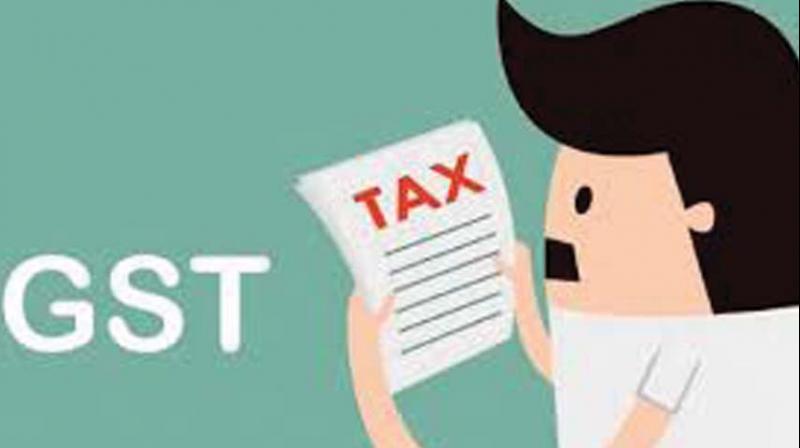Why Rs 2,000 crore means nothing to Kerala
In the sense that the old VAT dues have to be legitimately collected, the new scrutiny module is a breakthrough of sorts.

THIRUVANANTHAPURAM: The new software-powered "scrutiny module" developed to recover VAT dues will swiftly, efficiently and transparently mobilise at least Rs 2000 crore for the state this fiscal. A cash-starved government should have been enthusiastic, but it is not. Reason: the money recovered will not add a single paise to the state's exchequer.
"In the sense that the old VAT dues have to be legitimately collected, the new scrutiny module is a breakthrough of sorts," a top GST department official said. "But the truth is, the money that this would bring will not add to the state's tax revenue," he added. Under the GST regime, a state government is promised a 14 per cent growth in tax revenue for the next five years. At the moment, the state's tax growth is below 10 percent, and this disappointing growth rate is expected to continue right through this fiscal. Nevertheless, the state need not worry as the Centre, as promised, will compensate in such a way that the growth rate is 14 per cent.
"So even if we are not able to recover the Rs 2000 crore we expect from traders as their VAT dues this fiscal, it does not matter as the Centre will anyway compensate. If we get the Rs 2000 crore, it will be a relief for the Centre as they would have to pay less as compensation," the official added. The arrears can make a difference, but for that to happen the state should achieve a tax growth rate of 14 per cent or more on its own. "In that case, the amount we collect as dues will add to our income," he added.
Before the new scrutiny module, the scrutiny was done manually. What tax sleuths do, by way of scrutiny, is to crosscheck the turnover submitted by the trader with the statutory statement (SS) that has to be mandatorily filed by the trader after a time; this statement is prepared by chartered accountants and is drawn up from the day-book ledger kept by the trader. The statutory statement will have all the relevant figures, namely closing stock, weekly purchase, daily sales.
Now, scrutiny of tax returns takes minutes
Trying to reconcile the returns with the statutory statement is a painstaking manual process, crosschecking each entry in the turnover of one trader with the corresponding figure given in the SS. This way it normally takes years for the tax sleuths to scrutinise the returns of thousands of traders.
Now, the scrutiny, which had taken months and years to complete, can be done in minutes. And the process has become transparent, too. The traders already file their returns online. The new software, the scrutiny module, allows the SS too to be uploaded online. The cross-verification happens automatically.
Any discrepancy is immediately spotted, and the return rejected. The department has the option to invoke the 'best judgement' clause and slap a higher amount (which still would be less than the actual arrears he has to pay) on the trader.
There will be no need for approximation in the case of a gold trader who had opted for compounding scheme, and who had been found guilty of masking his actual turnover. The gold trader's compounding tax scheme, during the VAT regime, pivots around turnover slabs. If the turnover is below Rs 10 lakh, the trader has to pay 15 per cent more than what he had paid in the previous year.
If between Rs 10-40 lakh, then he has to pay 20 per cent more. If between Rs 40 lakh and Rs 1 crore, he has to pay 35 per cent more. If Rs 1 crore or more, it has to be 50 per cent more. "It is normal for a trader to find himself in a higher slab after scrutiny," a top GST official said. The scrutiny is done for VAT returns filed during five years from 2011-12 to 2016-17, when the GST came into force.

